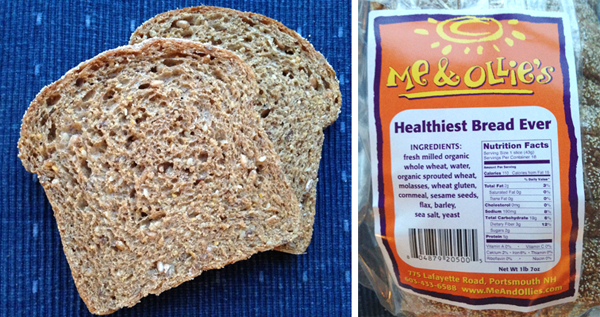Share This
The trend toward clean labels (simple ingredient lists that avoid artificial and chemical additives) is growing daily. This week McDonald’s boasted that it’s taking the artificial flavors out of its vanilla soft serve ice cream; last month Fazoli’s, a restaurant chain with 212 outlets in 27 states, announced it had removed 81 unnecessary chemicals and artificial ingredients from its products, following similar announcements earlier from Panera and Chipotle.
Too much emphasis today is on what companies are taking out of their products, and not enough on what they’re putting in to make products healthier. While we applaud the “clean label” movement, we challenge restaurants to add more whole grains to their menus as part of an overall cleanup of ingredients.
We’ve gone down a similar road before. A few decades ago, labels routinely bragged about being low calorie, and low fat, thinking consumers would ignore what WAS in the products, if so much emphasis was placed on what had been taken out. (Too often the ruse worked!)
Whole wheat flour has two to three times more of a wide range of essential nutrients, compared to refined wheat flour. (Check out our charts here!) If you’re looking for clean labels to make sure you’re putting only the best ingredients in your body, why settle for grains that are a mere shadow of their original selves?
Several years ago, before whole grains became a requirement in school meals, I made a presentation at the School Nutrition Association’s annual convention. “How many of you ask your suppliers to remove half to two-thirds of the nutrients from the apples, carrots and chicken you buy for your kids?” Of course, no hands went up and everyone looked at me as if I had two heads. “Then why do you purposely order bread, rice, and other grain foods with half to two-thirds of the goodness removed?” You could almost hear the gears turning, as these well-intentioned school food professionals mulled the absurdity of settling for less than the best for their kids.
Better restaurants (and schools) are keeping both ends of the equation in mind. Fazoli’s offers whole wheat rotini as an option on some of its pasta dishes; Chipotle has brown rice (though no whole wheat tortilla option); and Panera offers a few whole grain breads, along with quinoa in a salad. Restaurants like these are catering to consumers that are increasingly preferring the fuller, nuttier taste of whole grains.
No matter which restaurant you visit, just ask for whole grains, to make sure your preferences show up on the bottom line, encouraging more and more whole grain options. (Cynthia)


Add a Comment